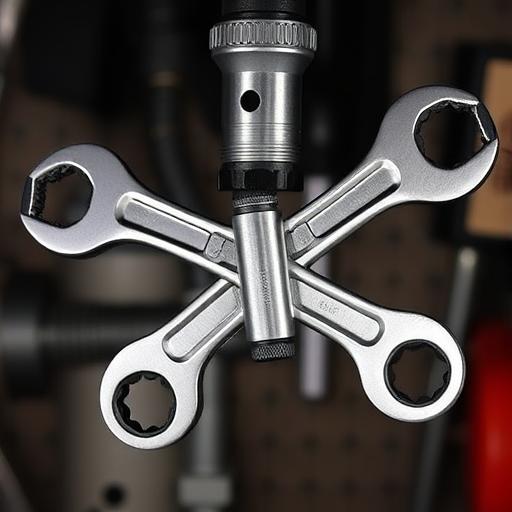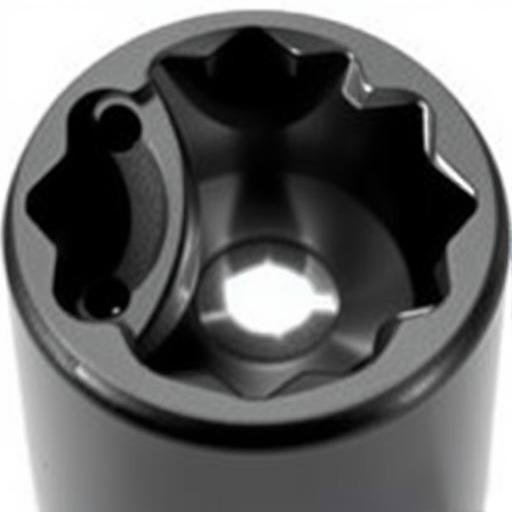What is a Butterfly Wrench
Ever found yourself wrestling with a stubborn nut in a cramped engine bay or under a sink, wishing you had just a little more room to maneuver? That’s where a butterfly wrench comes in. Though not as ubiquitous as standard socket wrenches, the butterfly wrench is a surprisingly versatile and effective tool for certain tasks. Its unique design allows access to fasteners in tight spaces, making it a favorite among railway workers, plumbers, and mechanics alike. This guide will cover everything you need to know about butterfly wrenches, from their history and function to their best uses and how to select the right one for your needs.
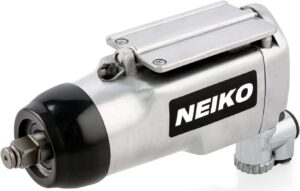
Defining the Butterfly Wrench: A Unique Design
The butterfly wrench, also known as an adjustable butterfly spanner, gets its name from its distinctive shape. It features two handles, often referred to as ‘wings,’ that spread out from a central square drive. This design isn’t just for aesthetics; it’s specifically engineered to provide access to nuts and bolts in areas where a traditional wrench or socket would be impossible to fit. The outward sweeping handles allow for leverage while minimizing the space required for operation.
Key Components of a Butterfly Wrench
A butterfly wrench consists of three core components. The Handles (wings) are the parts you grip to apply force. The Square Drive is the opening in the center that accepts the square head of a ratchet or extension. Square drives come in various sizes, commonly 1/4″, 3/8″, and 1/2″. Finally, some butterfly wrenches incorporate a Ratcheting Mechanism within the square drive, allowing for continuous turning without lifting and resetting the wrench. Simpler models are non-ratcheting.

A Brief History of the Butterfly Wrench
The butterfly wrench emerged in the late 19th century, finding widespread use in railway maintenance. Railway workers needed a tool to tighten and loosen the nuts holding down rails and signaling equipment, often in confined spaces beside the tracks. Its unique design proved ideal for this purpose. The wrench gained popularity across other industries throughout the 20th century, but with the advent of more compact ratchet wrenches and socket sets, its usage has declined, though it remains a valued tool in specific applications and for those who appreciate its historical significance.
Understanding the Mechanics: How to Use a Butterfly Wrench
Using a butterfly wrench requires a slightly different technique than a traditional wrench. The core principle relies on opening and closing the handles – the “wings” – to engage and disengage the square drive with the fastener. This action, combined with a rocking motion, allows you to tighten or loosen nuts and bolts even with limited swing space. It takes a little practice to master, but once you do, it can be a very efficient method.
Step-by-Step Guide to Using a Butterfly Wrench
-
- Insert a ratchet or extension into the square drive of the butterfly wrench.
- Position the wrench so the handles are open and the square drive is around the nut or bolt.
- Grip the handles firmly.
- Close the handles slightly to engage the square drive onto the fastener.
- Apply steady pressure and rock the wrench back and forth to tighten or loosen the fastener.
- To disengage, slightly open the handles.

Ratcheting vs. Non-Ratcheting Butterfly Wrenches
Butterfly wrenches come in two main types: ratcheting and non-ratcheting. A ratcheting butterfly wrench incorporates a ratchet mechanism in the square drive, meaning you can turn the wrench continuously in one direction without lifting and resetting it. This is faster and more convenient. A non-ratcheting butterfly wrench requires you to lift the wrench and reposition it after each turn. While slower, non-ratcheting models are often more durable and can sometimes fit into even tighter spaces.
Where are Butterfly Wrenches Used? – Practical Applications
While not a universal tool, the butterfly wrench excels in certain applications where its unique design provides a significant advantage.
Railway Maintenance & Signaling
As mentioned earlier, railway maintenance was the birthplace of the butterfly wrench. The tool was invaluable for adjusting trackside equipment, tightening bolts on rail lines, and working on signaling systems – all in cramped, often awkward, positions. The durability and access provided by the wrench made it indispensable.
Plumbing Applications
Plumbers frequently encounter nuts and bolts in hard-to-reach spots under sinks, around pipes, and inside machinery. A butterfly wrench is a perfect solution for tightening and loosening these fasteners when a standard wrench won’t fit. Its ability to navigate tight corners makes it a valuable addition to a plumber’s toolbox.
Automotive Work (Specific Applications)
Butterfly wrenches aren’t an everyday tool for most automotive repairs, but they can be helpful in specific situations. They’re particularly useful when adjusting certain suspension components, working on older vehicles with limited undercarriage access, or dealing with fasteners hidden within the engine compartment. Valve cover bolts on some older engines are another potential application.
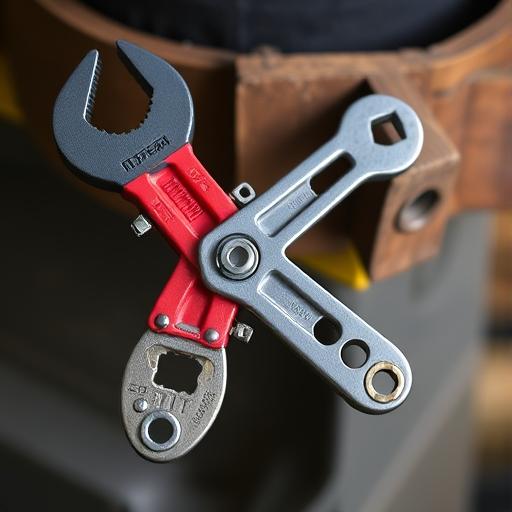
Other Industrial & DIY Uses
Beyond these core applications, butterfly wrenches find use in various industrial settings and DIY projects. Any situation where access is restricted and a standard wrench is impractical is a potential candidate for a butterfly wrench.
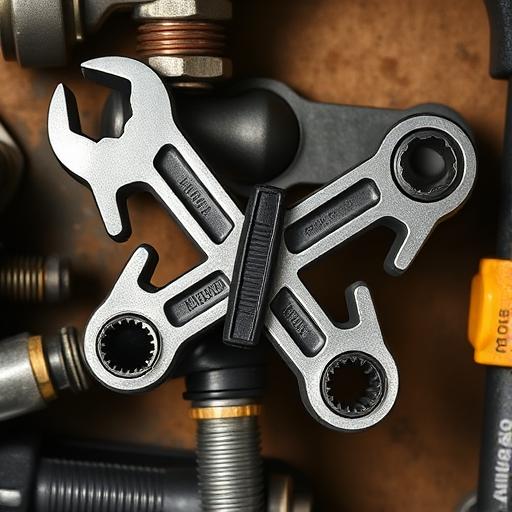
The Advantages and Disadvantages of Using a Butterfly Wrench
Like any tool, the butterfly wrench has its strengths and weaknesses.
Pros: Why Choose a Butterfly Wrench?
- Access to Tight Spaces: This is the primary benefit. Where other wrenches fail, the butterfly wrench often succeeds.
- Speed (Once Mastered): Once you become proficient, the rocking motion can be surprisingly fast.
- Unique Leverage: The wide handles can provide good leverage, especially when combined with a breaker bar extension.
- Historical Appeal: Some users appreciate the tool’s history and classic design.
Cons: Limitations to Consider
- Can Be Difficult to Master: It requires practice to use effectively.
- Limited Torque: They generally don’t provide the same torque as a socket wrench with a long handle.
- Not Suitable for High-Torque Applications: Avoid using them on extremely tight fasteners where significant force is required.
- Less Common: Replacement parts and accessories can be harder to find than for more common wrenches.
Selecting the Best Butterfly Wrench for Your Needs
Choosing the right butterfly wrench involves considering a few key factors.
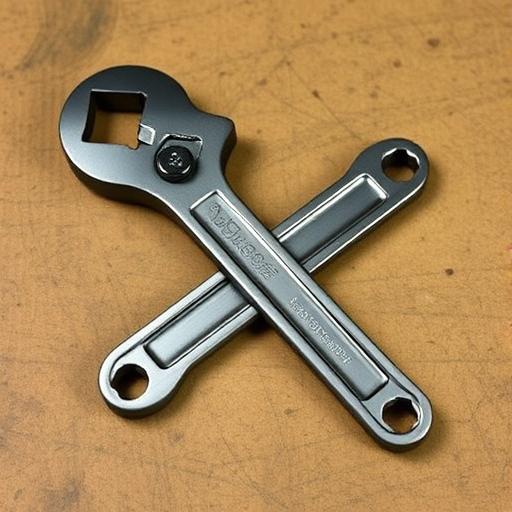
Size & Drive Size
Butterfly wrenches come in various drive sizes, the most common being 1/4″, 3/8″, and 1/2″. The drive size determines the size of the ratchet or extension you can use with the wrench. Selecting the correct size is crucial to ensure a secure fit and proper operation. Always match the wrench’s drive size to the size of the fasteners you’ll be working with.
Ratcheting vs. Non-Ratcheting – Which is Best?
If you prioritize speed and convenience, a ratcheting butterfly wrench is the way to go. However, if you need maximum durability or are working in extremely tight spaces, a non-ratcheting model may be a better choice. Consider the type of work you’ll be doing most often when making your decision.
Material & Build Quality
Look for butterfly wrenches made from durable materials like chrome vanadium steel. Examine the overall construction and ensure that the handles are securely attached to the square drive. A well-built wrench will last for years and withstand repeated use.
Butterfly Wrench FAQs
- Q1: Are butterfly wrenches still used today?
A: Yes, though less commonly. They remain valuable in specific industries and for certain tasks.
- Q2: What size butterfly wrench do I need?
A: It depends on the size of the nuts and bolts you’ll be working with. Common sizes are 1/4″, 3/8″, and 1/2″.
- Q3: Can a butterfly wrench replace a socket wrench?
A: Not entirely. Socket wrenches offer more torque and versatility, but a butterfly wrench excels in tight spaces.
- Q4: Are butterfly wrenches difficult to use?
A: They have a learning curve, but with practice, they can be used quickly and efficiently.
- Q5: Where can I buy a butterfly wrench?
A: Online retailers (Amazon, eBay), specialty tool stores, and some hardware stores.
In conclusion, the butterfly wrench may not be the first tool you reach for on every job, but it’s a valuable addition to any well-equipped toolbox. While it requires a bit of practice to master, its ability to access fasteners in tight spaces makes it a lifesaver in certain situations. If you frequently encounter challenging access or work on older equipment, a butterfly wrench is definitely worth considering. Don’t underestimate the power of this unique and historically significant tool – a butterfly wrench could be just the thing you need for that particularly difficult job.

